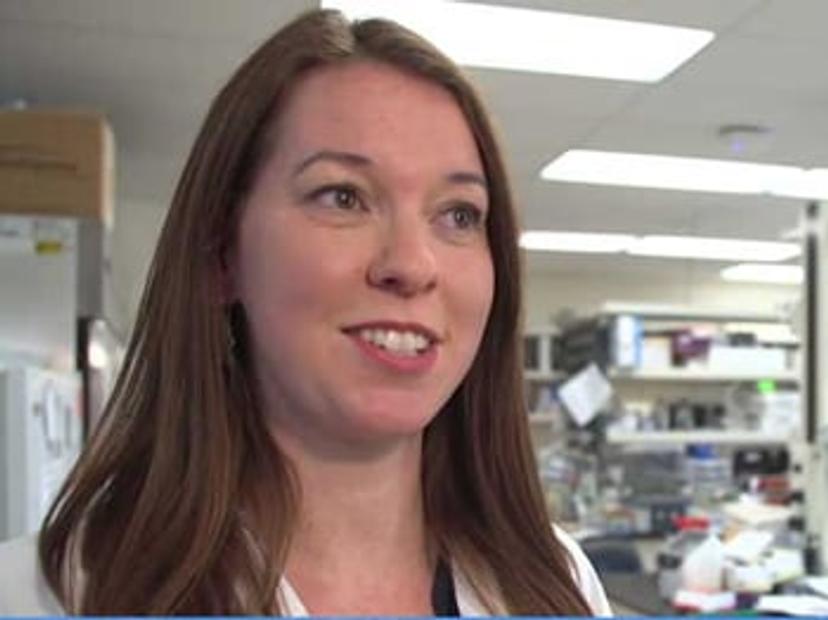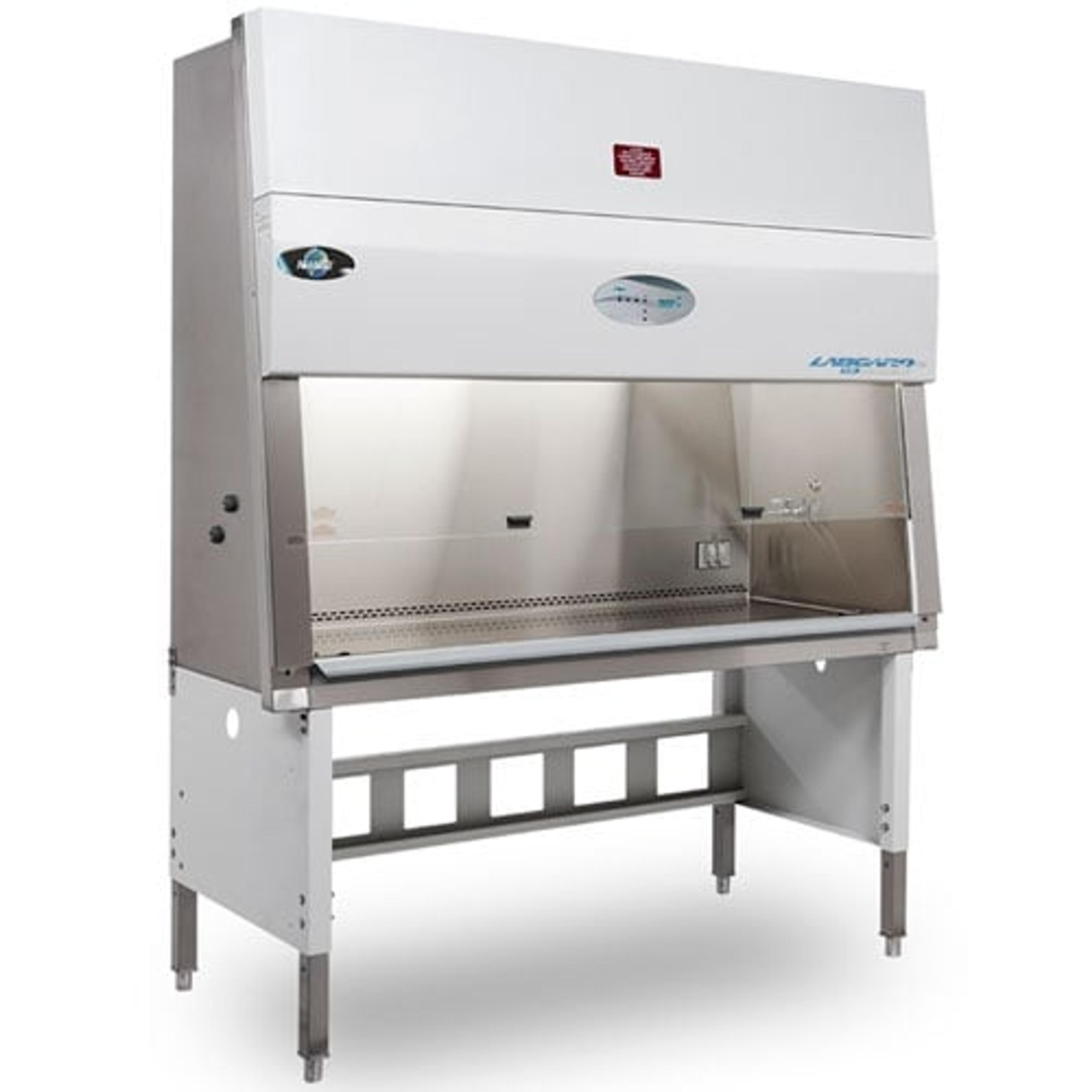Combating the World’s Deadliest Viruses – Harnessing Virus-like Particles as Vaccines
Learn how a lab in the US is using cell culture methods to enhance the effectiveness of virus-like particles (VLPs) as novel vaccines against filoviruses
5 Jul 2018Filoviruses are a group of viruses comprising some of the deadliest pathogens known to science, such as Ebola and Marburg viruses. They cause severe and often fatal disease in humans and appear to be increasing in both prevalence and geographic spread. They have always been endemic in central Africa but are now spreading into west Africa as well.
There are few treatments or vaccines available for most filoviruses and so the hunt is on to improve existing vaccines and develop new ones. Dr. Steven Bradfute and his team in Albuquerque, New Mexico in the US, are specialists in filoviruses and the development of effective vaccines against them. Bradfute is an immunologist working as an assistant professor in the Center for Global Health (CGH) at the University of New Mexico. Based in the Department of Internal Medicine at the CGH, his research focuses on basic immunology and vaccine development. He is seeking to understand how emerging viral pathogens bypass immune responses in the human, and therefore how best to develop vaccines against them. It is vital work and he is on a mission to develop a vaccine that could be used rapidly in a viral outbreak situation and thereby limit its impact.

Harnessing virus-like particles
Bradfute and his team are developing VLPs based on just two proteins that occur on the surface of the Ebola virus – a glycoprotein and a matrix protein. When expressed together as a VLP – effectively the outer shell of a ‘live’ virus – these two proteins are sufficient to masquerade as a ‘live’ filovirus, both in terms of appearance under the microscope and presentation to the human immune system. However, the challenge is to produce such VLPs in high volume whilst retaining their immunogenicity – in other words, their ability to generate a defensive response from the immune system. This is achieved through introducing the genes for these proteins into a cell-based production platform. A variety of such platforms exist and they all subtly change the molecular configuration of the VLPs they produce. This in turn alters their immunogenicity and, therefore, the effectiveness of the VLPs as a vaccine. Bradfute’s team test their vaccines in mice, looking at how the VLPs interact with key immune system components such as dendritic cells.
Vaccine production in cell culture
Lizzie Clarke, a graduate student in Bradfute’s lab, uses high amounts of two main cell lines to produce VLPs for testing. One is a human endothelial kidney cell line and the other an insect cell line; both change the immunogenicity of the VLPs they produce and need to be kept under different conditions (and therefore in different incubators). This requires state-of-the-art cell culture technology and the team has turned to NuAire’s NU-540 Class II Biological Safety Cabinet and NU-9668 Ultra Low Temperature Freezer for its particular needs. Referring to NuAire’s -80C freezers, Clarke says: “About five years ago, we bought the first one and we have bought an additional four since then. We use them to store not only samples for mouse work, but also clinical samples and anything that needs to be kept at -80C.” Clarke elaborates on their reliability and features: “They have been performing really well for us. They are stable, and they have an excellent alarm system so that if someone leaves them open for too long, we find out about it!”
Clarke also uses NuAire’s biosafety cabinets in much of her research, noting that: “It’s really important for us to have a clean, sterile environment for when we’re doing things like treating cells. One experiment that we perform quite regularly is treating dendritic cells with these VLP samples and those need to be contamination-free. Any environmental contamination could result in the dendritic cells responding to that, rather than the sample we are actually applying to them.
Future developments
The Bradfute lab is currently focused on improving existing vaccines for Ebola and Marburg viruses. Clarke sums up their future aims, saying: “We are aiming to find a better, more efficacious vaccine for filoviruses. Find a VLP that could be used in an outbreak setting and the impact of that outbreak can be limited.”
Find out more about the vital research of the Bradfute lab and how the NuAire biosafety cabinet and ultra-low temperature freezer could help you.

